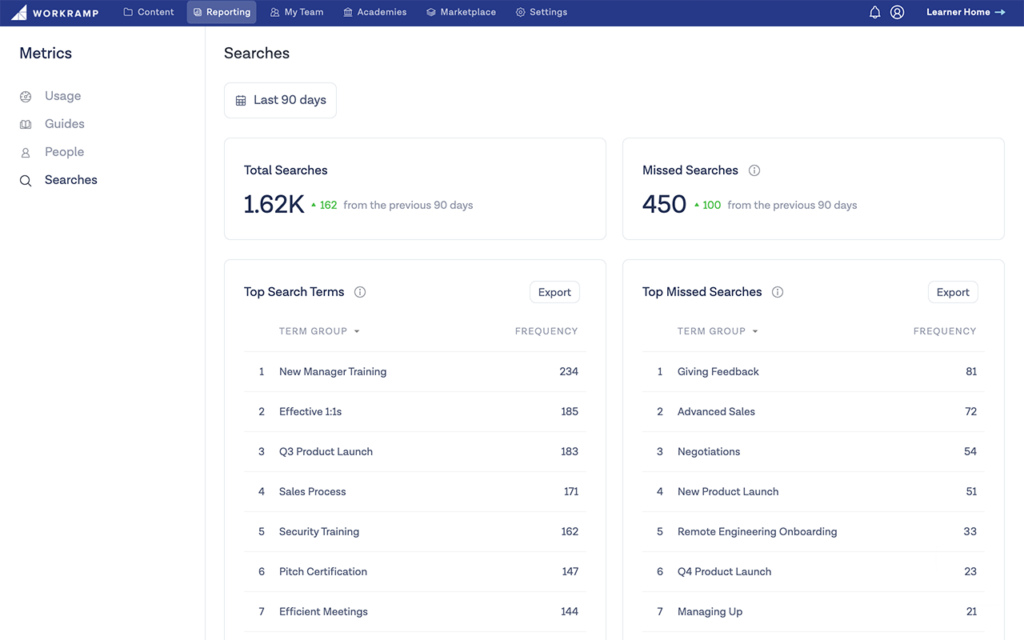You might also like
How to Measure the ROI of Your Employee Training Programs
Want to know if your employee training programs are actually paying off? You’re not alone. Proving the value of L&D has become a top priority for enablement and HR teams alike. In this guide, we’ll walk you through a simple 5-step framework to help you confidently measure training effectiveness—so you can optimize programs, justify your […]
How AI Is Transforming Sales Coaching at Scale
Want to coach your sales team faster, smarter, and at scale? AI can help. In this guide, we’ll break down how AI sales coaching is reshaping the way enablement teams deliver training and feedback–with less manual work, more personalization, and better results. Real-Time Feedback That Drives Performance Today’s AI tools can analyze live sales calls to […]
Remote Employee Onboarding in 2025: A 5-Step Framework
Remote employee onboarding in 2025 is no longer about endless checklists, PDF handbooks, or Zoom marathons. Today, it’s about giving people what they need to hit the ground running and feel like they belong from wherever they are. With AI-powered tools and a renewed focus on learner experience, HR and People teams are reimagining how […]
How to Build a Customer Training Program That Drives Engagement and Retention 🚀
Want to boost customer engagement and retention? A well-designed customer training program helps customers get the most out of your product, discover new features, and feel more confident using it. In this guide, we’ll break down how a solid training program can change the game for your customers. Understanding Customer Learning Needs To create a […]
WorkRamp launches Embedded Learning Cloud, offering white-labeled learning capabilities to HR SaaS providers.
Today, we’re thrilled to announce the launch of the Embedded Learning Cloud, our white-labeled solution that enables HRIS, Talent Management, and HCM providers to embed WorkRamp’s AI-first LMS functionality directly within their platforms. Elevate Your Platform with AI-Driven Learning If you’re a SaaS provider looking to expand your platform offerings to include learning and development […]
Discover How AI is Transforming Workforce Training with These 7 Tools
The way companies train their employees is evolving fast, and AI is leading the charge. Businesses are investing billions into learning and development, and AI-powered learning tools are quickly becoming essential for organizations that want to upskill their workforce efficiently and effectively. From personalized learning paths to AI-driven gamification, these AI-powered learning tools are transforming […]



